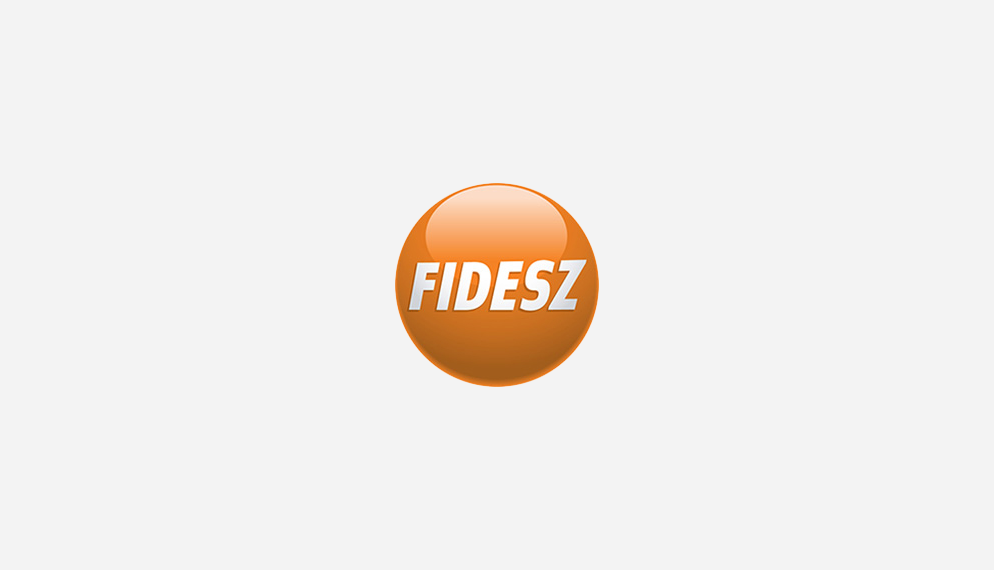
What about Schengen 2.0?
2016. 05. 03.
Despite an unfavorable deal brokered with Turkey to better police its borders and provide a temporary home to a refugee population over two million, the European Union is facing the daunting task of accommodating and integrating one million arrivals from last year. Meanwhile, the European Commission has proposed new solutions that not only tread on Member State sovereignty but also rely on a relocation mechanism that has been a complete failure in two attempts (a voluntary and a mandatory approach) since last year. The German minister of interior, with some of its counterparts, is calling on the European Commission to approve the extension of temporary border controls by six months, in the normally borderless Schengen-zone. Their fear is that the migrant wave may shift from the Balkan route back to the Mediterranean Sea.
At the frontline of the crisis, Hungary has questioned an untenable proposal from the EC to burden member states with a mandatory quota system and has attempted to reframe the debate. Prime Minister Orbán said recently, “[I]t is not acceptable – as would be the case under the Commission’s proposal – for someone in Brussels to decide that the countries of the EU must solve their demographic and economic problems through immigration.”
To promote an alternative perspective, the prime minister recently publicized a simple, straightforward plan to revitalize Schengen. His ten-point proposal entitled “Schengen 2.0” keeps the principles of free movement and trade intact, while boosting security measures within and outside the EU and synchronizing intelligence gathering.
Among his proposals, he insists on the proper management and evaluation of asylum requests before genuine asylum-seekers make their journey to Europe, an end to exceptions marring the Dublin Treaty, the creation of safe “hotspots” outside the EU, the repatriation of economic migrants, an allocation of more financial and technical resources to help member states cope and respect for the right of Member States to decide for themselves whether immigration is an appropriate response to demographic and labour market challenges.
Schengen 2.0 does not challenge European unity or its mechanisms, but rather strengthens the role of its organs, especially the European Council, over legislative outcomes. It proposes a strong, united Europe, with Member States’ fulfilling the responsibilities they signed up for when joining Schengen and the entire community pitching in to help those protecting the external borders.
Hungary is a partner in finding a European response to the crisis. Whatever Schengen 2.0 will look like, it will only endure if the support is unanimous and the measures capable of ending – and not sharing – the migrant flow.